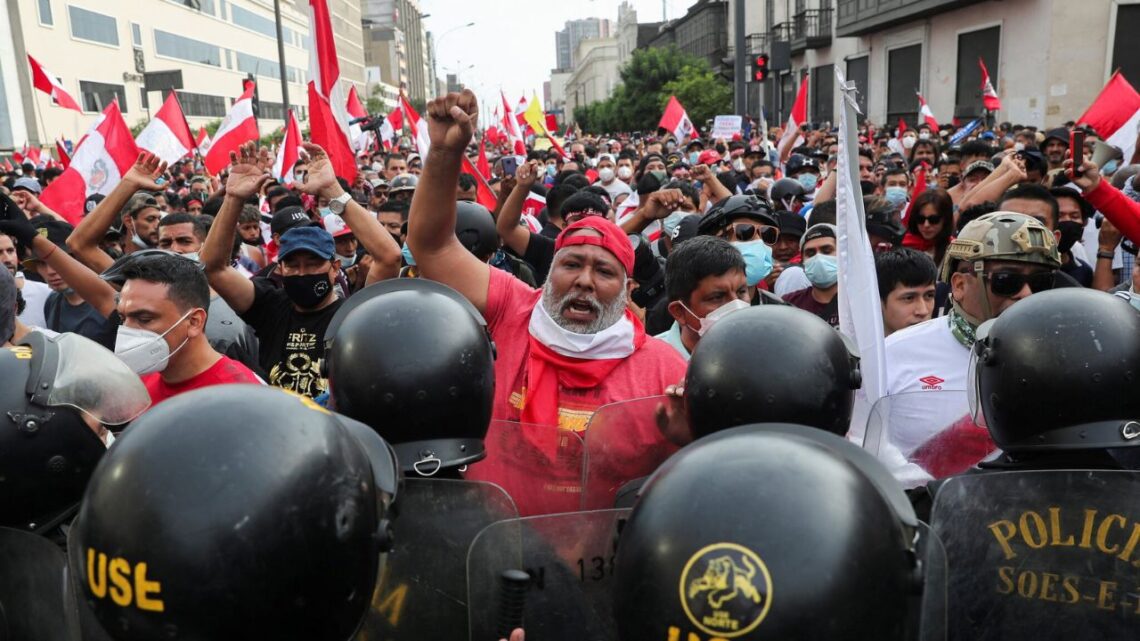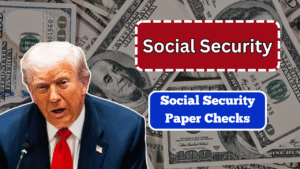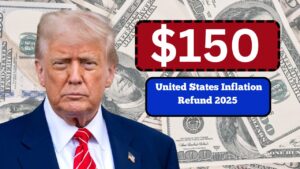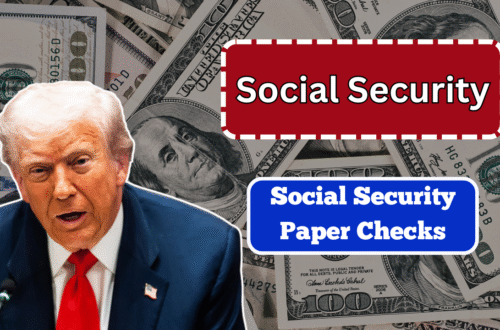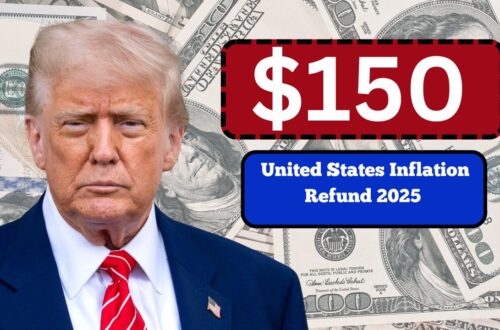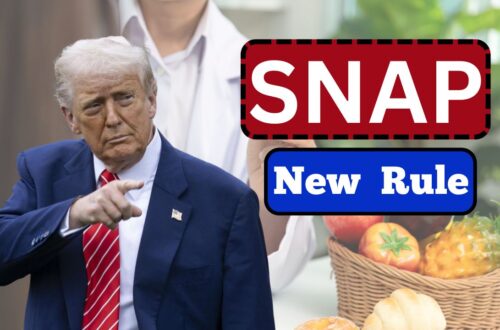A man was killed during anti-government protests in Peru, intensifying a long-running standoff between citizens and the state over governance, corruption, security, and economic stress.
Crowds gathered in central districts to demand political accountability, earlier elections, and stronger action against extortion and organized crime.
Clashes erupted when police moved to clear blocked avenues, leading to injuries, property damage, and a night of fast-moving developments.
This article is structured for future updates, so key figures and outcomes can be refreshed as official statements are released.
Key Takeaways
- One fatality confirmed during demonstrations; authorities opened an investigation to determine cause and responsibility.
- Multiple injuries reported among protesters, police, and bystanders, with hospitals treating trauma and tear-gas exposure.
- Protesters call for reforms, including anti-corruption measures, better public-security policy, and—among some groups—new elections and Congress reforms.
- Government pledges to restore order while promising due-process reviews of policing tactics used during dispersal operations.
Snapshot (designed for future updates)
| Item | Status (to update as authorities confirm) |
|---|---|
| Location of major clashes | Central districts and government precincts |
| Fatalities | 1 confirmed (adult male) |
| Injuries | Dozens treated for trauma, tear-gas exposure (exact count to be updated) |
| Arrests/Detentions | Several, linked to vandalism or public-order violations (numbers pending) |
| Crowd-control methods | Tear gas, riot shields, dispersal lines; protesters reported stones/fireworks |
| Primary demands | Anti-corruption, public-security reforms, electoral timeline debate |
| Government stance | Investigation announced; no immediate resignation; emphasis on public order |
| Next checkpoints | Official autopsy results, prosecutor’s updates, ombudsman/human-rights statements |
How the Unrest Escalated
The day began with peaceful marches, student and labor contingents, and civic organizations. As crowds swelled, bottlenecks formed near government buildings.
Agitators and riot police exchanged projectiles and tear gas after attempts to remove barricades. In the chaos, an adult male sustained fatal injuries.
Emergency crews transported the victim and others to nearby hospitals as sirens and alerts echoed through the center.
Overnight, scattered confrontations continued, with shop owners boarding windows and transport routes disrupted.
Why People Are Protesting
Many Peruvians cite persistent corruption, uneven public services, and the surge in extortion and gang activity as core grievances.
Youth-led groups stress a future-oriented agenda: clean governance, independent oversight, and measurable improvements in public safety.
Civil society coalitions also argue for economic relief, job creation, and institutional stability to reduce the cycle of crisis.
Government Response and What to Watch
Officials condemned the violence, expressed condolences to the victim’s family, and announced an inquiry into the fatality and the use of force.
Authorities signaled readiness to protect critical infrastructure and keep transit open, while promising to cooperate with prosecutors and human-rights monitors. In the coming days, expect:
- Medical and forensic updates clarifying the cause of death and injury tallies.
- Prosecutorial announcements on arrests and potential charges.
- Policy signals on anti-extortion operations, policing standards, and any electoral-calendar debates.
What It Means for Peru
The death has become a rallying point, and how the state manages the investigation will shape public trust.
A transparent probe, clear accountability, and credible reform steps on public security and corruption will be crucial.
Conversely, further missteps could broaden demonstrations and deepen the governance challenge.
The death of a protester during anti-government demonstrations is a turning point that demands speedy, transparent accountability and credible reforms.
Peru’s leaders face twin imperatives: protect public order while safeguarding rights, and move from crisis management to durable solutions on corruption, extortion, and institutional legitimacy.
The coming updates—investigative findings, injury tallies, and policy responses—will determine whether this tragedy becomes a catalyst for constructive change or another chapter in a cycle of unrest.

